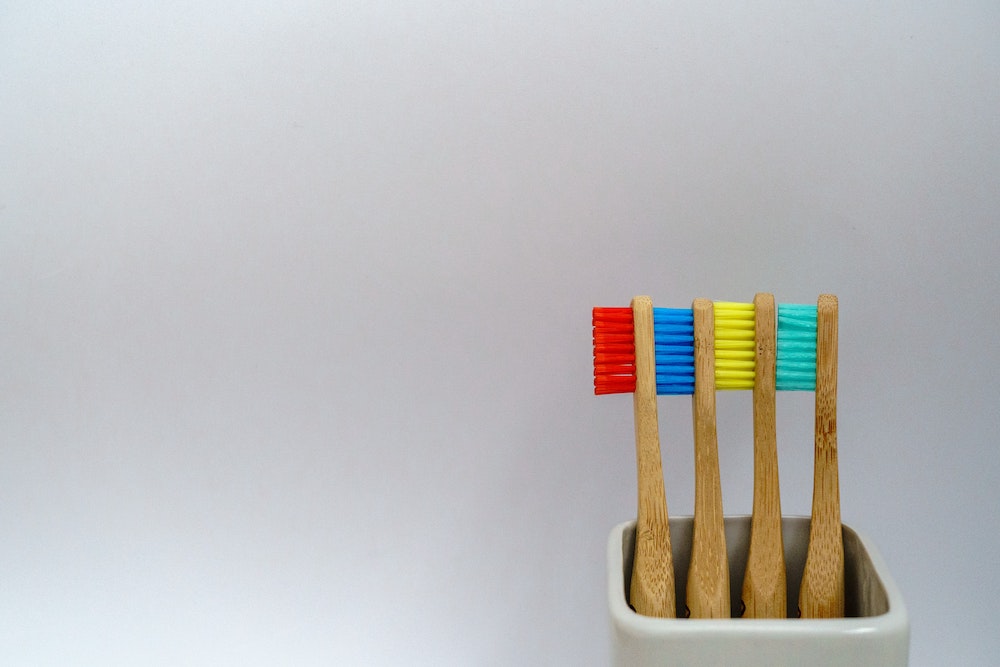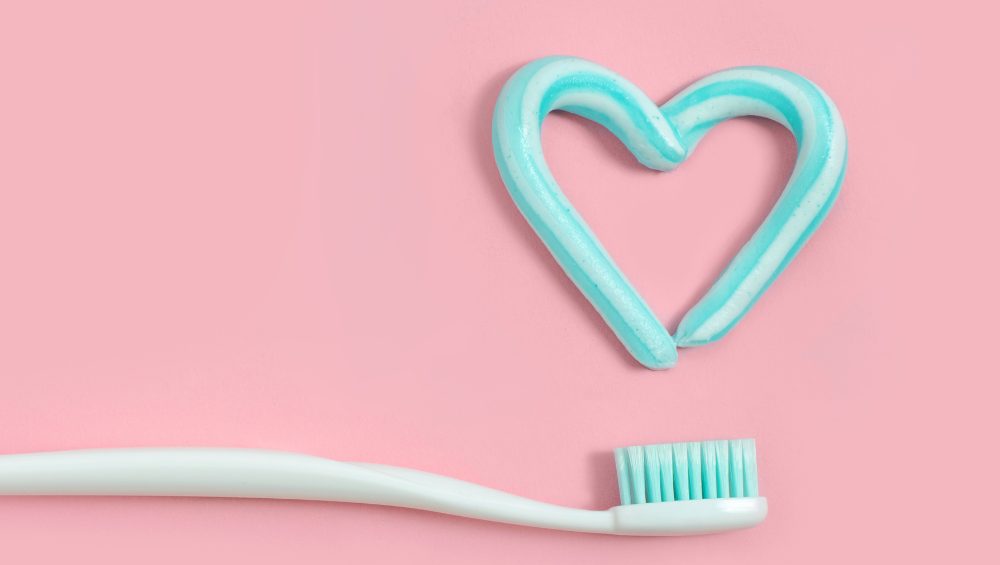
February is Congenital Heart Defect Awareness Month
February 4, 2020
Is Drinking Sparkling Water Bad for Your Teeth?
February 25, 2020Patients often ask – How often should I replace my toothbrush? The general rule of thumb is every three months but in reality, you may need to replace your brush more or less often.
The following guide about how often should I replace my toothbrush isn’t intended to be a substitute for medical advice. We hope the information helps you understand why we recommend replacing your toothbrush so often and that it empowers you to make healthy choices for yourself and your family.
My Toothbrush Looks Fine, Why Do I Need to Replace It
The unfortunate truth is that over time, harmful bacteria accumulate on your toothbrush. Using a bacteria-laden toothbrush may contribute to bad breath, gum disease, and even illness in some cases. Practicing hygienic brush care and replacing your toothbrush as recommended mitigates these risks. After all, we all enjoy that fresh, clean feeling we get after brushing with a clean toothbrush.
While we don’t want to alarm you, it may help to be aware that the average toothbrush can become a home for bacteria and other microorganisms including E. coli. However, when a few basic guidelines are followed the bacteria is unlikely to build up to unhealthy quantities within three or four months.
Bacteria isn’t the only concern, the brush’s bristles also break down with use. As a result, the brush just doesn’t clean the teeth as well as it used to. In addition, brushing your teeth with damaged bristles may scratch or otherwise damage tooth enamel.
While we all like to be frugal, replacing a toothbrush is very inexpensive compared to medical and dental treatments for conditions that may have been avoided by using a fresh toothbrush.
How Often Should I Replace My Toothbrush?
So, how often should I replace my toothbrush? The American Dental Association recommends that you replace your toothbrush every three or four months. Of course, this timeframe will vary depending on your health, how frequently you brush your teeth and your brushing technique.
Electric toothbrushes require more frequent replacement, so consider replacing them every three months.
Regardless of your toothbrush’s age, it is time for a replacement if the bristles start to bend or look frayed. For example, kids tend to need to replace their brushes more often due to enthusiastic brushing techniques. A brush with damaged bristles will not clean your teeth well and may even cause damage.
Finally, bacteria and germ build-up is the main reason to replace your toothbrush every season. So, we also encourage you to exercise caution and replace your brush whenever you have an illness or infection. Some examples of additional situations where you should consider replacing your toothbrush include:
- After a cold, flu, or other illness
- If you have a sore throat, or other throat or mouth infection
- Canker sores
- If you drop your toothbrush on a bathroom floor
Consider storing your toothbrush at a safe distance from your toilet and also lower the toilet’s lid before you flush. A study by the University of Manchester uncovered that sometimes fecal matter gets on toothbrushes from the splash. While this isn’t usually a big concern when you follow safe hygiene, it isn’t a bad idea to take a little extra care to avoid cross-contamination.
How to Get The Best Use Out of Your Toothbrush
To make the best use of your toothbrush, aim to keep it clean and dry between use. The American Dental Association recommends that you rinse the head of your toothbrush to flush away saliva and bacteria after each use.
Next, store your toothbrush in a vertical position so the bristles thoroughly dry between uses. If you store your toothbrush next to others, avoid touching the heads together.
When traveling, pack your dry toothbrush in a travel container to protect it. However, once you are at your destination, try to store it outside the travel case in an upright position. If you store a damp toothbrush in a closed case, it may encourage bacteria growth. Likewise, don’t use a plastic brush cap on a day-to-day basis since it is essential that you allow your toothbrush to dry.
Do not share your toothbrush with other people to avoid cross-contamination.
Some people prefer to rinse their toothbrush with antiseptic mouthwash or a solution of half water and half hydrogen peroxide. There is even toothbrush sanitizing products. However, frequent replacement and basic hygiene go a long way making expensive equipment unnecessary for most people.
If you are unsure or have questions, discuss the matter with your dentist or hygienist for personalized-recommendations.
Technique Makes a Difference
Follow your dentist’s guidelines for your home dental care. Usually, these recommendations are daily flossing. Also, use a soft-bristled toothbrush and fluoride toothpaste twice a day. Some people also include mouthwash and other treatments as recommended by their dentist. These practices minimize daily bacteria build-up especially when you rinse your brush after each use and dry it.
Aggressive brushing techniques are not only rough on the teeth, but such techniques damage your bristles prematurely. The American Dental Association recommends the following technique:
- Gently brush back and forth in small, tooth-width strokes.
- Be sure to clean the outer surface, the biting surface, and the back of the teeth.
- Tilt the brush in a vertical position, and gently brush with up and down strokes.
- Brush your tongue to remove bacteria
- Rinse your mouth and also rinse your toothbrush after each use
Tips to Ensure You Always Have a Fresh Toothbrush
We believe the answer to your question – how often should I replace my toothbrush should be clear now. The simplest prompt is to buy a new brush for everyone in your household at the start of a new season. Or consider setting a reminder on your phone three months after you open a new toothbrush.
Some people prefer to stock up on toothbrushes for the whole family. Remember to choose a soft-bristled toothbrush.
If you have any questions, be sure to discuss them with your dental team during your next appointment. A professional examination and cleaning are the cornerstone of your healthy dental routine.
If you are a Charlotte-area resident who is due for an exam or cleaning, contact us at Southview Dentistry today!




